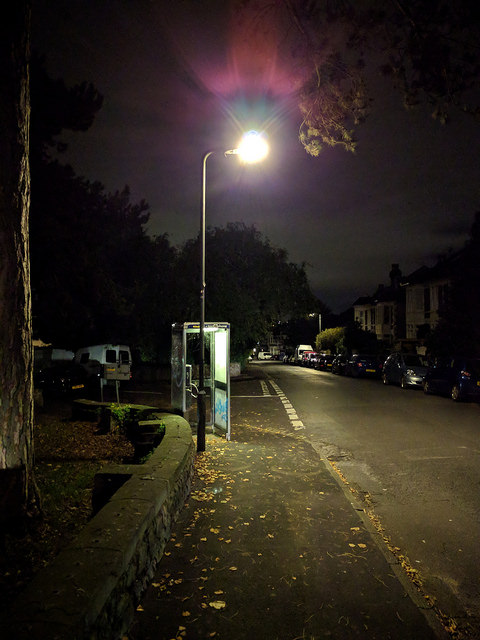
Scholars of crime pay extensive attention to how the physical characteristics of neighborhoods, like street lighting and security cameras, might help deter crime in high crime areas. A recent study by Paulo Avarte, Filipe Ortiz Falsete, Felipe Garcia Ribeiro, and André Portela Souza extends this research by assessing the effects of electricity access on violent crime rates in Brazil. Brazil is an important location for a focus on violence reduction, as Brazil — and the whole of Latin America — is home to some of the highest homicide rates in the world.
The authors examine the impact of a federal program titled Luz Para Todos (LPT), or the Light for All program, which aimed to provide Brazilian households with access to electricity beginning in 2001. The LPT program provided electricity access to ten million households by 2009, focusing specifically on expanding access in impoverished rural areas. The authors use demographic census and mortality data from over 5,000 Brazilian municipalities in 2000 and 2010 to assess the relationship between electricity and homicides, accounting for other characteristics such as education levels, labor market characteristics, unemployment, and police size.
They find that the LPT program resulted in a discernible drop in homicide rates for rural areas, especially in the Northeast region of Brazil, an extremely impoverished area that had minimal electricity access prior to the implementation of the LPT program.This effect appears to be especially pronounced for homicides that occurred on rural roads and urban streets rather than in households and other closed spaces, suggesting that lights in public spaces help to deter violent behavior.
Another explanation for reduced homicide rates may simply be that electricity access is a marker of numerous social benefits, like increased school enrollment and improved health outcomes. In other words, as quality of life improved in these areas, homicides decreased. Although the LPT program was not intended as a violence reduction policy, it clearly had significant impacts on homicide rates in areas of high need. Avarte and colleagues’ findings suggest that targeting electricity policies in areas that previously had little to no access to electricity can be an essential tool for crime control.

Comments